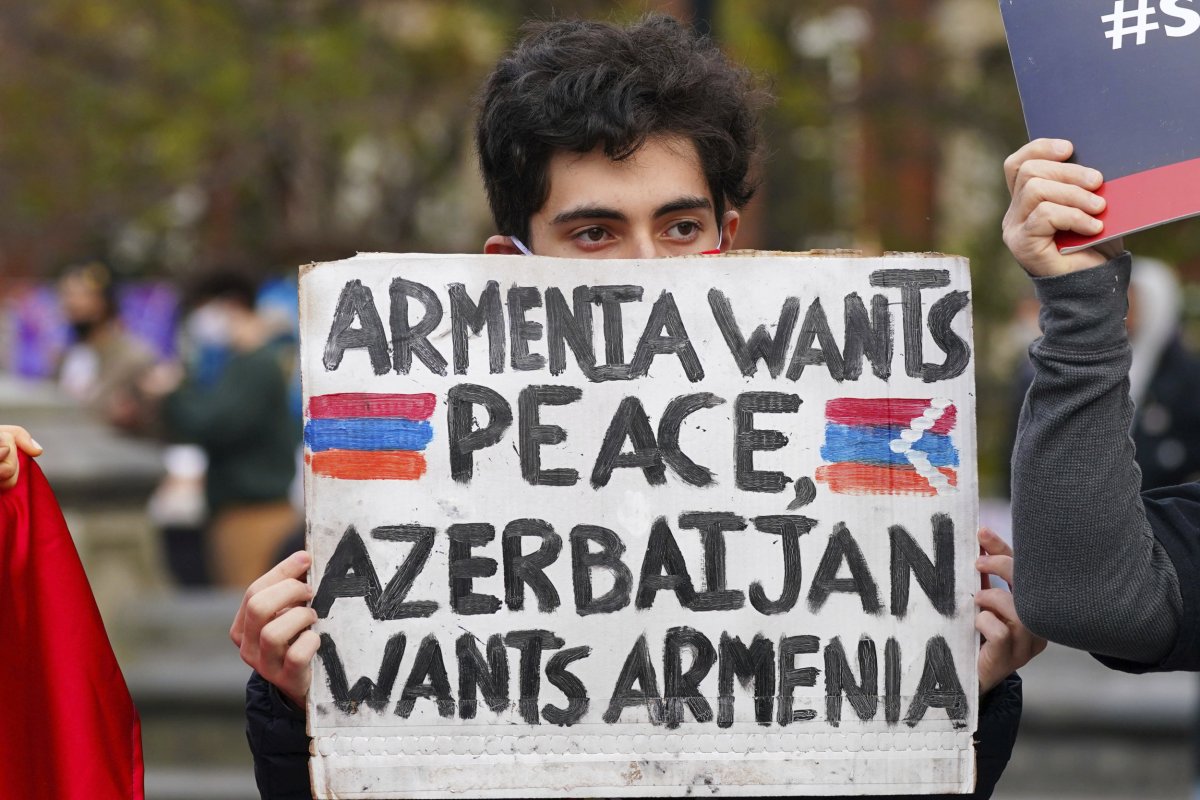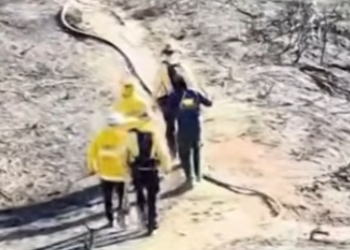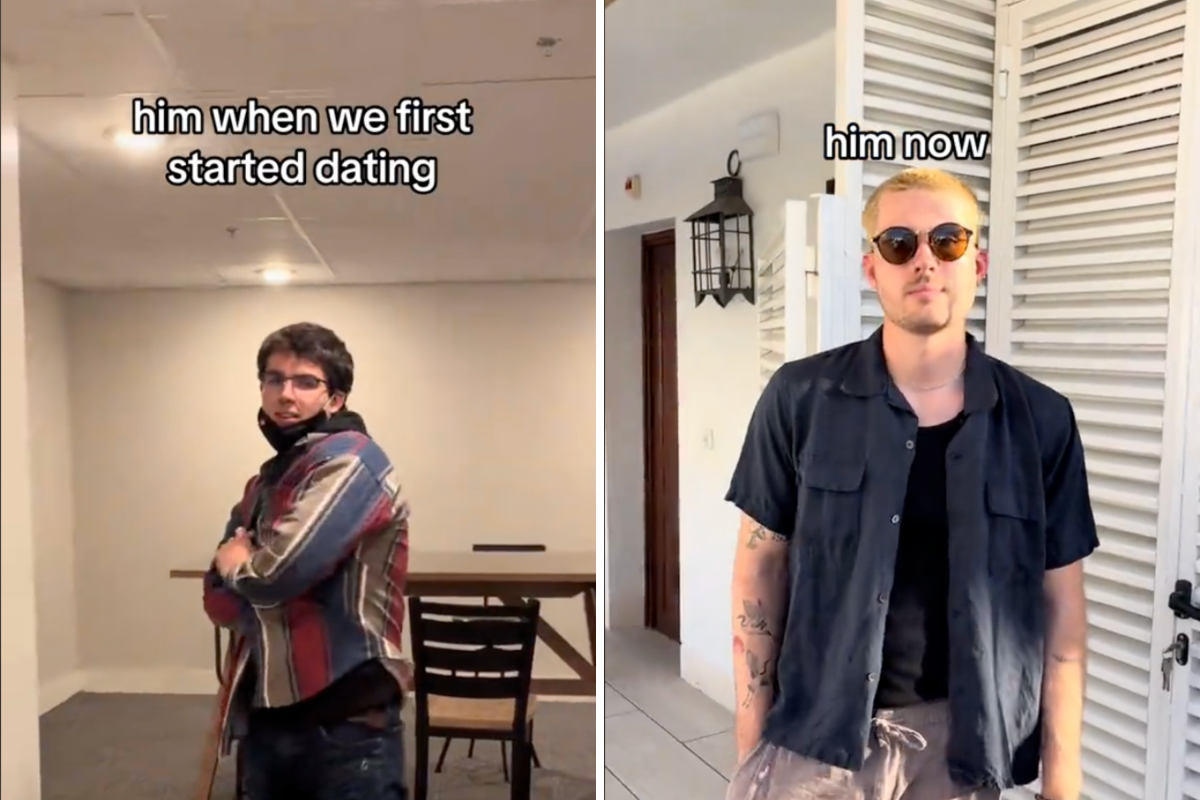As the 2024 United Nations Climate Change Conference (COP29) draws near, it’s hard to ignore its host, Azerbaijan—a country that’s not just rich in oil but also controversial. While it’s tempting to delve into the country’s authoritarian tendencies, where election results are released before the start of elections, and the president’s wife happens to also be the country’s vice president, there’s a more urgent issue that’s been swept under the rug—Azerbaijan’s treatment of Armenian prisoners of war (POWs).
Back in September 2020, the world briefly turned its gaze to the South Caucasus, where Azerbaijan launched an assault on Nagorno-Karabakh (Artsakh), a historically Armenian region that had declared de facto independence in 1991. The conflict, intense and brief, ended with a ceasefire on Nov. 9, 2020. The agreement required both sides to exchange POWs. Armenia complied quickly, releasing all Azerbaijani captives, even those who illegally crossed the border in 2014, killed a minor, and were subsequently captured and sentenced to jail. Azerbaijan, however, didn’t act in good faith. Instead, it has turned Armenian POWs into bargaining chips, using them as leverage whenever the political winds shift in its favor.
This is no baseless claim. In 2021, Azerbaijani President Ilham Aliyev was caught on tape bragging about holding dozens of Armenian captives. He even boasted about releasing them “little by little” to extract maximum political advantage—a chilling admission that underscores how POWs are being used as human trophies.
Human rights organizations like Human Rights Watch and Amnesty International have documented the severe mistreatment of these Armenian POWs. We’re not just talking about rough handling; we’re talking about systematic torture. In one particularly harrowing video from October 2020, Azerbaijani soldiers are seen executing Armenian captives, including civilians. Investigations by independent investigative collective Bellingcat and the BBC have confirmed the video’s authenticity. And there’s more—videos showing the decapitation of an Armenian soldier while he is still alive and the throat-cutting of an elderly civilian. These acts aren’t isolated; they form a pattern of abuse that has become disturbingly routine.

Demonstrators in support of Armenia protesting against the conflict with Azerbaijan rally in Washington Square Park in downtown Manhattan, New York City, on Nov. 21, 2020, during the worldwide coronavirus pandemic.
zz/John Nacion/STAR MAX/IPx/AP Images
Fast forward to September 2023, when Azerbaijan broke the ceasefire once again, launching a brutal attack on Nagorno-Karabakh. This wasn’t a spur-of-the-moment decision; it followed a 10-month blockade that had already driven Nagorno-Karabakh into a humanitarian crisis. The 24-hour blitz left dozens dead, including children, and forced 120,000 Armenians to flee their homes. Some, including the democratically-elected leaders of Nagorno-Karabakh, were captured as they tried to escape through a so-called humanitarian corridor that turned out to be anything but that.
I spoke with Linda Arous, whose husband, Vicken Euljekjian, a dual Armenian Lebanese citizen, is illegally held in an Azerbaijani prison since November 2020.
“My family is destroyed. Our life has become meaningless,” she told Newsweek. ” I don’t sleep. I wait for the news. I write about him every day on social media, make videos—anything to keep his memory alive. Vicken is my first love, the father of my children.” Linda’s story isn’t unique; it’s a stark reminder of how this geopolitical chess game is taking on ordinary lives.
I talked to Siranush Sahakyan, a human rights lawyer and president of the International and Comparative Law Center Armenia. According to her, Azerbaijan officially acknowledges holding 23 Armenian captives, including five captured in 2023. However, she pointed out that there are many more cases where the capture of Armenians isn’t officially confirmed, leaving their legal status in limbo as “forcibly disappeared.” Her organization has tracked at least 88 cases where Armenian captives were “forcibly disappeared.” According to Siranush, dozens of Armenians were killed in Azerbaijani custody. Her organization applied to the European Court of Human Rights to hold Azerbaijan accountable.
Although Armenia has filed cases with international bodies like the European Court of Human Rights and the United Nations International Court of Justice, progress has been slow. Azerbaijan’s strategy appears to be one of deliberate delay, using these captives as pawns to extract political concessions from Armenia.
What’s worse, Azerbaijan has concocted false criminal charges against these Armenian detainees, likely to deflect international criticism. By prosecuting them, Azerbaijan tries to legitimize the continued detention of Armenian POWs, flouting international conventions that mandate their release after hostilities end.
By capturing high-ranking officials from Nagorno-Karabakh, Azerbaijan continues to punish them for their role in exercising their right to self-determination. This is also psychological warfare against Armenians, plain and simple—Azerbaijan wants to show that it can capture and torture Armenians with impunity, even those in leadership positions.
As COP29 approaches, the international community must confront Azerbaijan’s numerous human rights violations. The immediate release of all Armenian hostages, including the ex-leaders of Nagorno-Karabakh, should be a key focus in global discussions. This is not just a moral imperative; it’s an international obligation that Azerbaijan continues to shirk.
Dr. Anzhela Mnatsakanyan holds a PhD in political science and serves as an independent political researcher specializing in the Eastern Partnership, Russia, and post-Soviet countries.
The views expressed in this article are the writer’s own.






